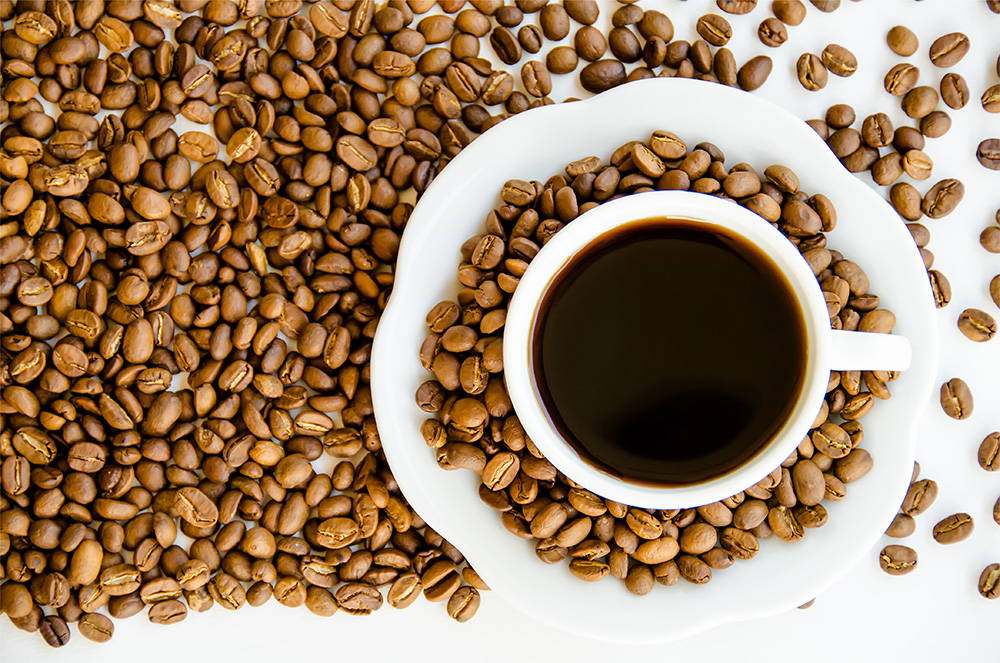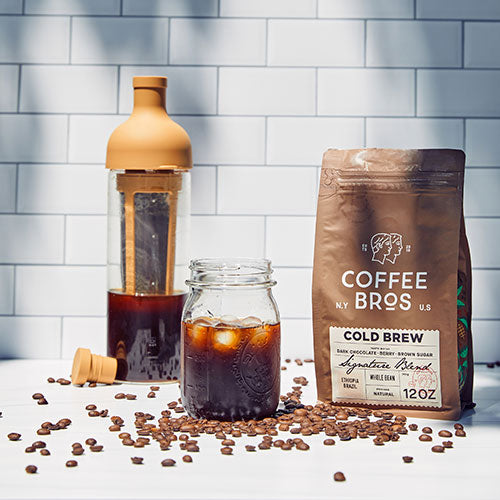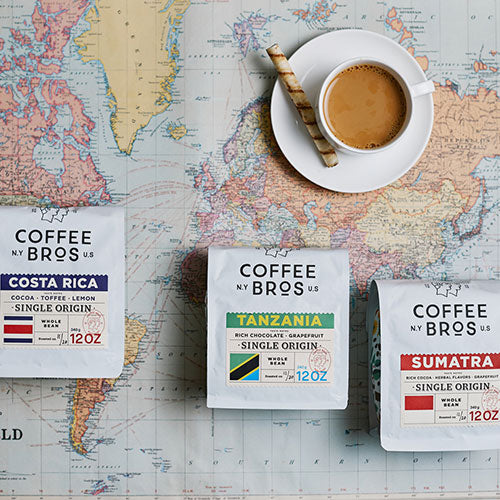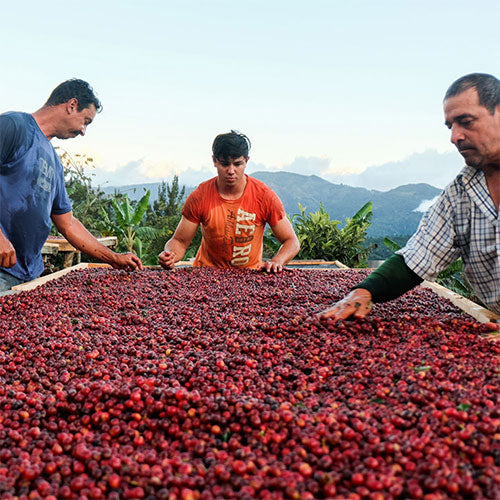Nothing throws off a good morning like a sour cup of coffee. I mean, gross. When your coffee tastes sour, all the flavors in the cup get distorted—and that's just not what you need when you're trying to get energized for the day.
But sour coffee isn't something you just have to live with. You can fix it—pretty easily, actually.
We'll show you how.
Coffee Subscription Deal
Subscribe to Coffee Bros. coffee for 25% off when using code "FTSUB25" at checkout
First, Here's Why Your Coffee Tastes Sour
Sour coffee comes down to two things: (1) bad beans and (2) bad brewing.
If the beans are under-roasted, they'll taste grassy and sour. If they're old and stale, they'll have a really sharp lemony flavor. But, chances are, you're beans are fine—which means you need to make a small adjustment or two to how you make your coffee.
Sour coffee is usually under-extracted coffee. Essentially, the beans didn't get brewed enough… and so not all the flavors are there to balance out the acids.
We break why this happens and the stages of extraction (the acids come first) in this blog, if you're curious.
Here's how under-extraction tends to happen at home:
- Your beans are ground too coarsely. Fine grounds extract quickly, but large ones take longer because the water needs more time to get into the center of each particle (you know, science). An overly coarse grind size could simply mean each particle isn't getting the time it needs for a balanced extraction.
- Your brew time was too short. You want to brew long enough to bring out the flavors that will calm down the acids and hit that sweet spot of flavor. With a french press, maybe you plunged the filter down too early. With a pour over cone, maybe you poured your water too fast and it drained too quickly.
- Your water is on the cool side. It's been proved that the best water for coffee is between 195 and 205 degrees. If it gets below that, it won't extract the good stuff from the coffee as quickly as it needs to, which can lead to under-extraction.
- You didn't use enough water. Your coffee to water ratio matters a lot, and if you don't give each ground the right amount of water it needs to extract a balanced brew, you'll naturally end up with under-extracted coffee.
Note: If you normally buy dark roast coffee from the grocery store, you'll probably find that most “specialty coffee” beans taste more acidic than you're used to.
That's by design—leaving some of that tang and zing helps enhance the other flavors.
We suggest giving a little time for your taste buds to adjust. Sometimes it takes a few cups, but your tongue will eventually realize that the extra acidity actually helps bring out good flavors that you can't find in super-dark beans.
4 Barista-Approved Ways To Fix Sour Coffee
Every bag is different (it's not made artificially in a factory, you know), so it's completely natural if you need to make a small adjustment or two when you switch beans to make it taste balanced again.
One coffee may taste amazing, but when you switch to a new bean and use the exact same steps, it may taste sour. No worries—that's just how fresh food works!
Remember: sour coffee is under-extracted coffee, so the goal is to extract more.
So here's how you can increase extraction to fix your sour brew, straight from the world of professional baristas:
- Grind your beans more finely (intermediate). The smaller the grounds will take less time to extract a balanced flavor, so even if you change nothing else, this alone will help. Smaller grounds also slow down the draining of water in pour over methods, which extends the brew time.
- Add some extra brewing time (easy). There are a few ways you can go about this. If you're using an immersion brewer like a french press, you just add +20 seconds before you plunge down the filter. If you're making pour over coffee, you can simply pour your water more slowly, or you can grind your beans finer to make the water drain slower.
- Check your water temperature (easy). Remember, 195 to 205 degrees is the sweet spot. If you live in a high-elevation location where water boils around 195, you'll want to use it right off the boil so it doesn't cool down.
- Use a little extra water (harder). Adding water just means there's more water to go around, so each individual ground has easier access to fresh water to extract into. If you're making pour over coffee adding water also tends to add some brewing time, because it takes a bit longer to pour more water.
Note: You should only try one of these fixes at a time, and your changes should be small. Change too much and you may swing too far in the other direction: over-extraction. Yikes.
Sometimes it takes 2-3 changes to really hit that balanced sweet spot again. But as you get more comfortable tasting your coffee and making adjustments, the less time it'll take.
How To Taste Good Acidity
Specialty coffee is meant to be a little acidic… but in a delicious, vibrant way.
No old lemony bite. No chemical-esque weirdness.
Just a bright, clean, crisp, and balanced tang. And it usually helps bring out the other flavors too, enhancing the entire flavor experience with zest and pizzazz.
Here are a few flavor note examples of what good acidity can taste like:
- Sweet and bright, like a strawberry 🍓
- Light but crisp, like a pineapple 🍍
- Full but soft, like a peach 🍑




